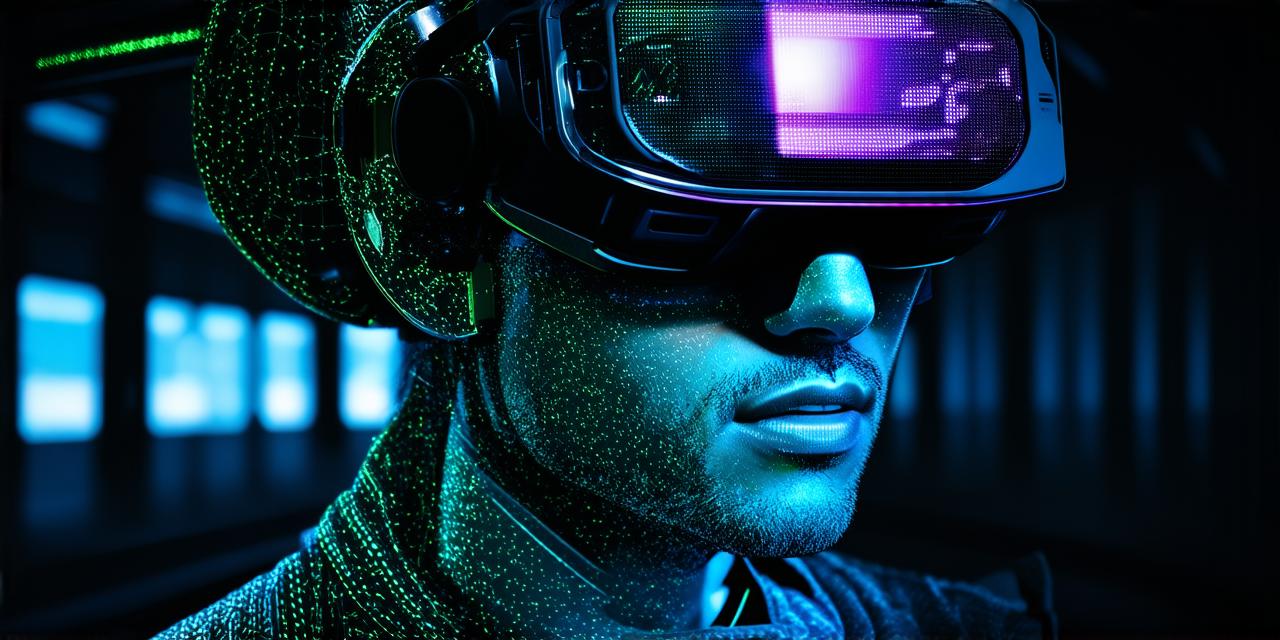
How are virtual reality and human perception interconnected?
Virtual reality (VR) technology has revolutionized the way we experience immersive environments. The ability to create highly realistic simulations of real-world or imagined environments has opened up new possibilities for education, entertainment, and even therapy.
One way to understand this is to look at how our brains process and interpret the information presented to us through VR devices.

Humans have five basic senses: sight, sound, touch, taste, and smell. These sensors collect information about the environment and send it to the brain, where it is processed and interpreted. In VR, we can create highly immersive environments that engage multiple senses at once, creating a more realistic experience.
For example, in a VR simulation of a beach vacation, you may feel the sand between your toes, smell the salty sea air, and hear the sound of waves crashing on the shore. By engaging multiple senses, VR can create a much more convincing experience than a 2D screen or even a photo album.
But the role of human perception goes beyond just processing sensory information. Our brains also have the ability to interpret and make sense of this information. This is where our past experiences and knowledge come into play. For example, if you’ve never seen a giraffe before, your brain may struggle to make sense of an image or video of one. But if you’ve seen multiple images or videos of giraffes, your brain can begin to recognize patterns and make connections between the various pieces of information it receives.
This ability to interpret and make sense of information is also important in VR. By creating highly realistic simulations of real-world environments, VR can be used as a powerful tool for training and education. For example, medical students can use VR simulations to practice surgical procedures or emergency responders can use VR simulations to train for high-pressure situations. In these cases, the goal is not just to accurately reproduce the environment, but to create an experience that is as close to reality as possible.
However, there are also potential risks associated with this technology. For example, studies have shown that prolonged exposure to VR can cause motion sickness and other adverse effects. Additionally, there are concerns about the impact of VR on our mental health and well-being. Some researchers worry that spending too much time in a virtual world could lead to feelings of isolation or disconnection from reality.
Despite these risks, the potential benefits of VR technology are immense. By understanding how human perception works and how it interacts with VR technology, we can create more effective and immersive experiences that can improve education, entertainment, and even therapy. As the field of VR continues to evolve, it will be important for researchers and developers to stay ahead of the curve and ensure that their technology is safe and beneficial for all users.


